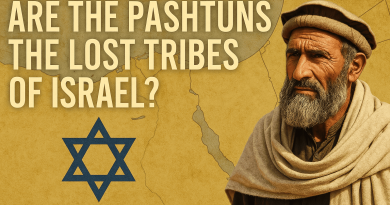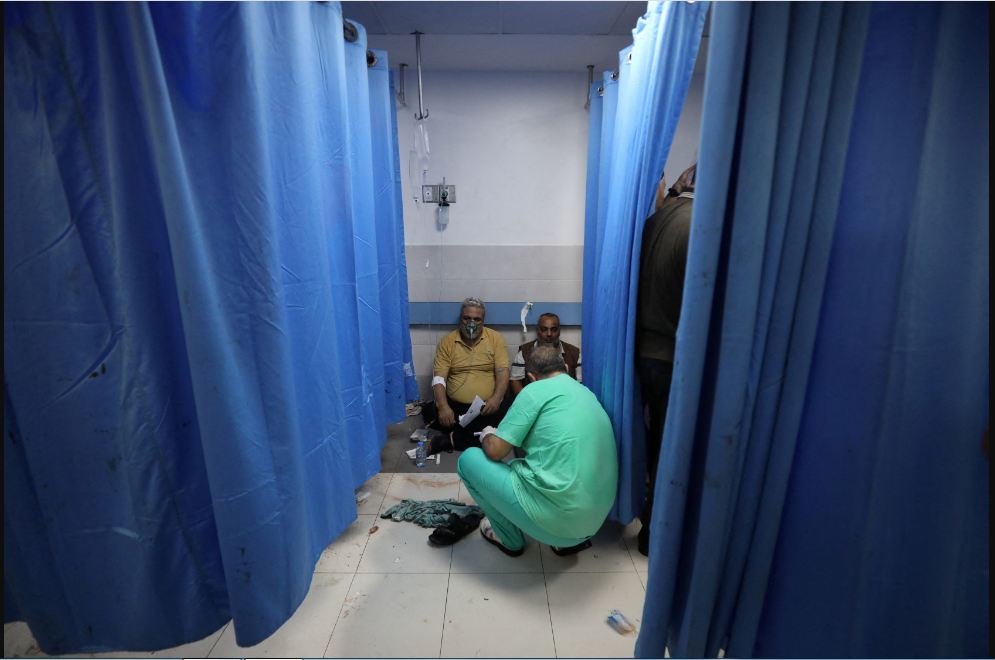IRAN: The uprising of the people of Khuzestan due to water shortages
by Cyrus Yaqubi
IRGC commanders are very afraid of the people of these cities populated with an Arabic-speaking minority…
Khuzestan plain, located in southwestern Iran, is one of the oldest regions on the Iranian plateau, where the Aryan nations have lived since 2700 BC and one of the first civilizations of that era had formed. The existence of five rivers, all of which originate from The Zagros Mountains and irrigate the Khuzestan Plain and flow into the Persian Gulf after a few hundred kilometers had made this province the most water-rich province in Iran. The Karun River was the largest of these rivers and the only navigable river in Iran that ships entered from the Persian Gulf and anchored at the ports of Abadan, Khorramshahr, and Ahvaz.
The existence of this number of rivers has played a decisive role in the development of this region. The people of this region have been engaged in agriculture, animal husbandry, and fishing since ancient times, using the fertile lands around these rivers.
After the discovery of Iran’s first oil reserves in this region, it became the richest province in Iran and the largest refinery in the Middle East was built in the city of Abadan.
But due to inadequate governments both during the Pahlavi era or after the arrival of Khomeini, the people of this province throughout these years has always been deprived of this wealth. The former government ceded oil to Britain almost for free in order to maintain its rule and the latter followed so-called Islamic expansionist policies to export its so-called Islamic revolution, cause the war between Iran and Iraq, which destroyed most of the cities in this province
After Khamenei came to power, since his most important agenda was to maintain his grip on power, he gradually handed over most of the country’s affairs, including Iran’s important economic institutions, to Iran’s Revolutionary Guards Corps (IRGC), a military force loyal to and dependent on him.
Today 90% of Iran’s economy is under IRGC’s control. But since the commanders and officials of the IRGC are mostly people without classical education and expertise, their control over the Iranian economy destroyed Iran’s economic infrastructure. In addition to plundering Iran’s capital and wealth, they are only concerned with expanding the regime’s military, missile, and nuclear industries and financing proxy and terrorist forces in the region. Thus, they have not paid attention to the reconstruction of any other infrastructures in the country.
But since the Dam construction was one of the profitable projects for the IRGC, during the last 30 years, the IRGC has built hundreds of dams in different parts of Iran through its Khatam al-Anbia construction base. However, since the construction of these dams was without any study or research on the climatic and geographical effects and is done only for the financial interests of the IRGC (for use in industries or irrigation of agricultural lands of companies and factories affiliated to the IRGC) in most cases the construction of these dams has caused irreparable damage to environment and the villages around them.
During the last 30 years, 170 dams have been built on the Karun and Karkheh rivers, which are the most important rivers in this province and Iran. Due to the extreme heat in this region in summer, with temperatures of above 45 degrees Celsius for a few months, a large amount of water collected behind these dams evaporates due to heat and is wasted without any use.
The construction of this number of dams on these rivers have caused a shortage of running water in the lower parts of these rivers and 25% of the population of this province of five million who have been engaged in agriculture and animal husbandry in the villages are facing severe water shortage for irrigation and their livestock are dying due to severe dehydration. Last winter and spring, the amount of rainfall in Iran was almost half of the previous year, this problem was exacerbated so that now in large parts of the province there is no water even for drinking and other essential uses.
Prior to this problem, the people of this province were facing continuous power outages in the scorching heat above 50 degrees. On the other hand, the COVID-19 pandemic has caused widespread deaths due to the incompetence of the regime and the lack of vaccines. These factors, in addition to unemployment and skyrocketing prices due to inflation rate above 50% and corruption in all governing institutions have exhausted the patience of the people of this province, which has resulted in the revolt of young people in different cities of the province in recent days.
The protests began on July 16, lasted for four days in a row, and still continues. In many cities of the province, young people have taken to the streets in protest of the current situation, which has made life almost unbearable, blocking various traffic routes between the cities by burning tires and clashing with police. In the city of Susangerd on July 18, the people chanted slogans calling for the overthrow of the regime.
Reports indicate that the situation is critical in the cities of Susangerd, Shousha, Mahshahr, Dasht-e Azadegan, Shadegan, Hamidiyeh, Zargan, Behbahan, and other cities of the province, and counter-insurgency forces have been deployed in all these cities. Up to now, four young men, 26-year-old Mustafa Naimavi in Shadegan, 17-year-old Qassem Kheziri in Kut Abdullah, Seyed Hossein Al-Nasser in Susangard, and Ali Mazrae in Zoyeh quarter in Ahvaz were killed by direct fire by security forces.
It is worth mentioning that the cities of this province, especially Behbahan, Mahshahr, Masjed Soleiman, Hamidiyeh in the November 2019 uprising, which took place due to the increase in gasoline prices, witnessed widespread protests against the regime, calling to overthrow Khamenei. But in the end, Khamenei, using bloodied suppression by his security forces and the Revolutionary Guards, and even helicopters and tanks, and killing dozens of people managed to regain control of these cities.
For this reason, IRGC commanders are very afraid of the people of these cities populated with an Arabic-speaking minority. Considering the dissatisfaction of people of other cities in Iran with their current situation, IRGC is afraid that the people of other cities will rise up in support of the people of Khuzestan and join them. The youth of Mashhad and Isfahan already supported the uprising of the people of Khuzestan in their protest rallies in recent days. It seems, with the heat of protests momentarily rising, repression will no longer be easily possible.
As a result, the regime is trying to prevent the uprising from spreading on the one hand by quickly suppressing the people, and on the other hand, by making promises and opening the dams and pouring some water in the rivers to temporarily calm the situation in this area.
But since the entire regime is based on corruption and incompetence, such solutions will not be able to satisfy the people who clearly demonstrated their opposition to the regime in the recent sham presidential election with massive boycotts. One will have to wait for uprisings of this kind in other parts of Iran in the near future as well.
Cyrus Yaqubi is a Research Analyst and Iranian Foreign Affairs Commentator investigating the social issues and economy of the middle east countries in general and Iran in particular.



